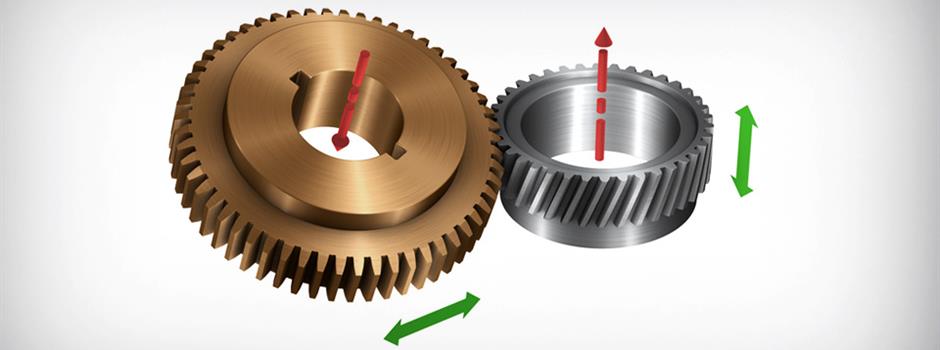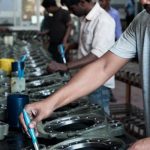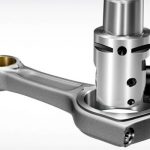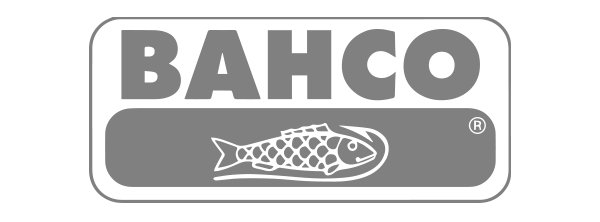POWER SKIVING FOR GREATER PRODUCTIVITY
Challenge: Looking for a more productive way to produce internal gears? Solution: Use power skiving – made possible by advances in machine design, cutting tools and software.

Advances in machining centres have paved the way to a more productive process for producing internal gears – power skiving. This faster process offers improved quality at lower cost and is four to 10 times more productive than, for example, shaping. It also gives better flexibility and quality than broaching. Consequently machine tool manufacturers are now developing machining centres and software solutions capable of dealing with the specific requirements of the process. Combined with tooling solutions from Sandvik Coromant this could make a significant contribution towards more efficient gear production. Mats Wennmo, technical gear milling manager, Sandvik Coromant, explains.
What is power skiving?
Power skiving is a continuous cutting process that enables all machining to be carried out in a single setup. In essence it is a combination of hobbing and shaping. It can produce a gear in a much shorter time than many other techniques and is typically four times faster than shaping. Shaping creates gear teeth through an oscillating stroke movement, i.e., a downstroke that carries out the cut followed by a non-productive return stroke, such that skiving avoids unnecessary non-contact time. Unlike broaching, power skiving requires only a single machining setup, thus offering high flexibility and improved quality. In contrast, because of the long lead time required for the tooling and the low production flexibility, broaching causes a bottleneck.
Why is power skiving of particular interest now in gear manufacturing?
Since power skiving was conceived in 1910, it was recognized that skiving had the potential to be a much more productive process than shaping for cutting most internal gears. However, it has only been with the development of more robust and rigid machining centres and synchronized spindles that a wider use of power skiving has been possible.
What are the particular demands of power skiving?
Power skiving requires machining centres and spindles that can deal with the highly dynamic conditions of the process; it also needs fully synchronized spindles. This means that if the component spindle reduces speed, the tooling spindle follows immediately.
In power skiving the tool axis and gear axes intersect, and the angle between the tool and the gear axes is decisive for productivity. The larger the angle, the better the productivity.
Appropriate software to optimize the efficiency of the skiving process for the machine tool control is also important.
What are the tooling requirements?
Power skiving needs more productive tools. Sandvik Coromant offers indexable tooling for roughing and solid carbide/solid high-speed steel (HSS) for finishing. The indexable tooling makes it possible to increase productivity and minimize the use of the solid tool for finishing. This also means that re-sharpening of the finishing tool is minimized.
What types of components can be produced with this technique?
Power skiving is suited to the production of ring gears, shafts with internal/external gears, splines or single gear components with external gears and internal splines. It can be applied to soft machining of internal gears and hard machining of all gear types.
What solutions does Sandvik Coromant offer for power skiving?
Sandvik Coromant offers both complete tooling solutions and a power skiving machining solution. CoroMill® 179 is a new indexable cutter for roughing applications for modules bigger than 3 millimetres. For smaller modules and finishing operations there is a range of tools based on powder metallurgy high-speed steel or solid carbide.
Additionally, through Sandvik Coromant’s application knowledge the company can advise its customers on how to produce a specific gear component along with an estimate of potential cycle times.




















 English
English